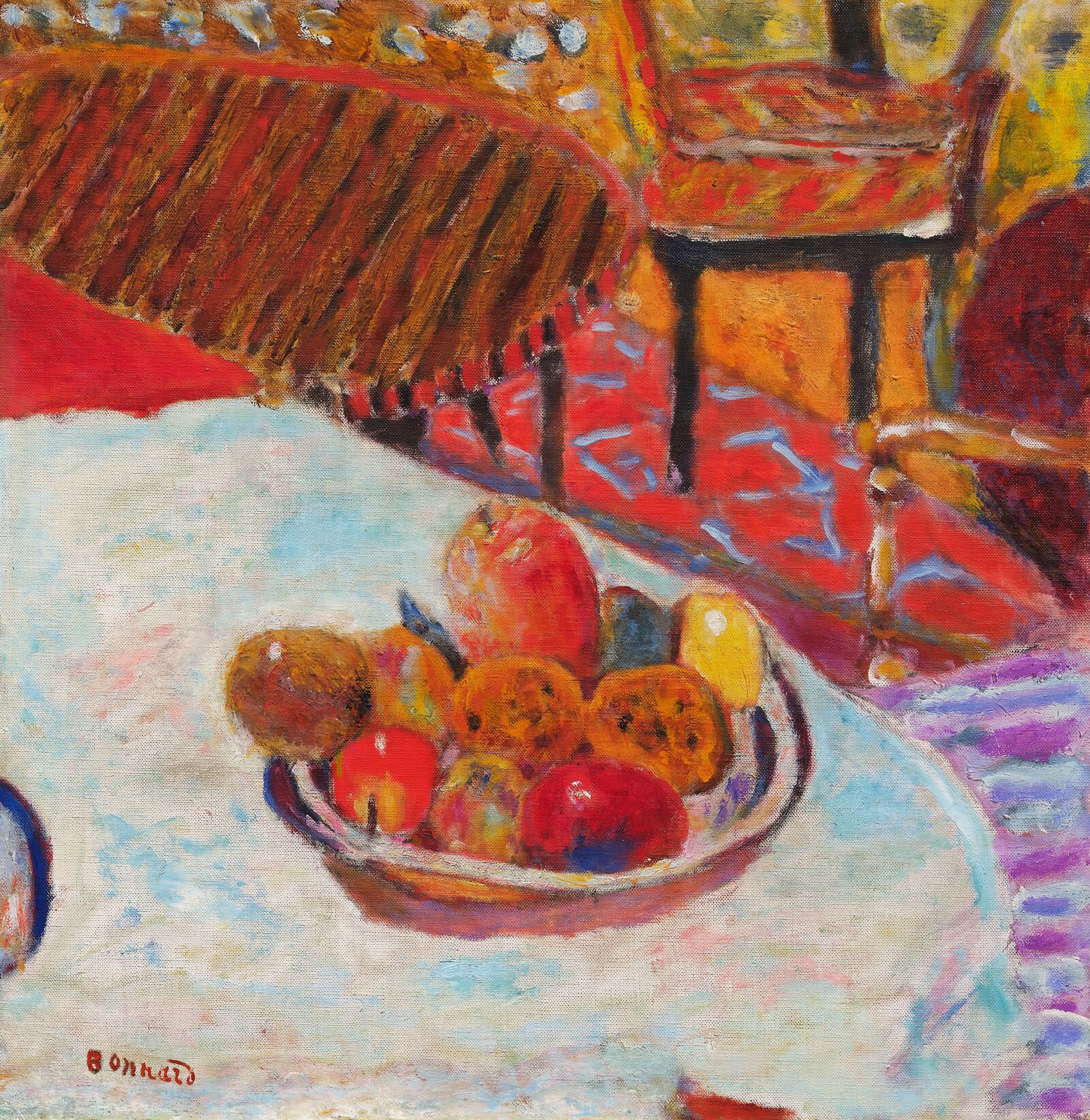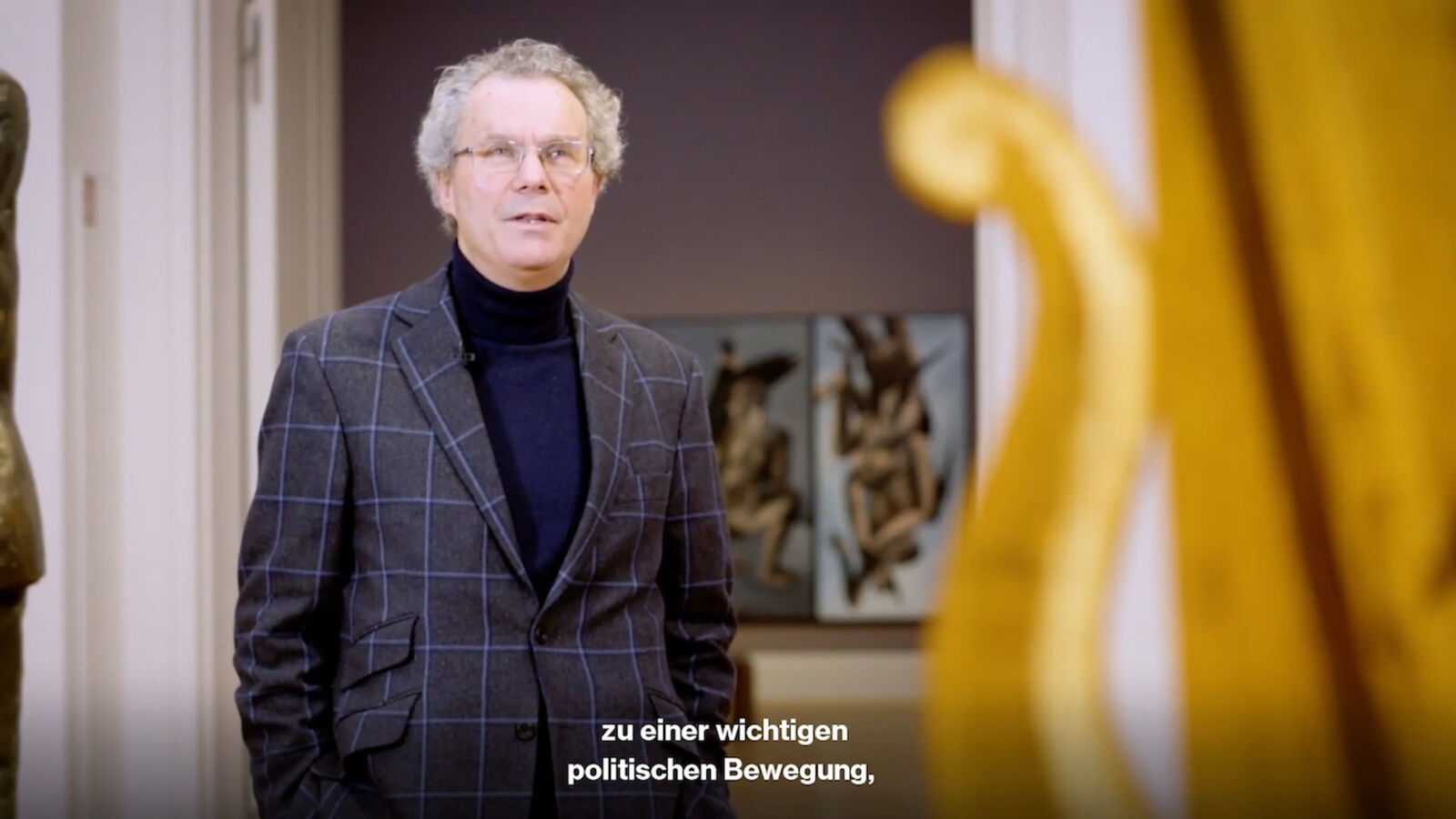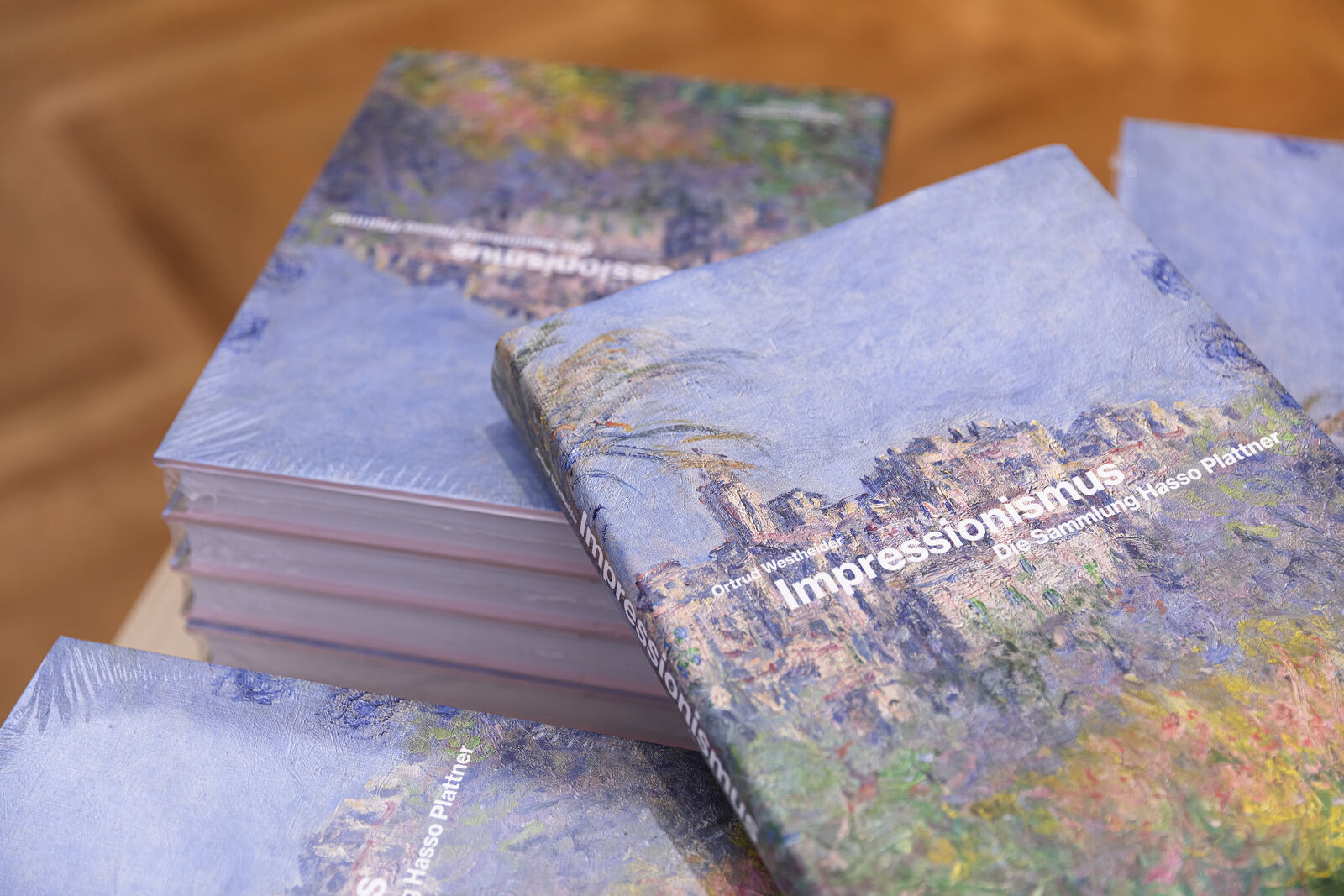
Laura Junger
Pierre Bonnard
Born 1867 in Fontenay-aux-Roses
Died 1947 in Le Cannet
Bonnard developed Impressionism further by combining its motifs and painterly methods with an expressive use of color. His flickering brushwork and compositional approach lent a dreamlike quality to his light-flooded landscapes, still lifes, and female nudes.

Hasso Plattner Collection
Pierre Bonnard: Still Life, 1939
Bonnard began his artistic activities while still pursuing studies in law. In 1887, he enrolled at the Académie Julian in Paris, where he met the painter Maurice Denis; the following year he matriculated at the École des Beaux-Arts. Bonnard developed an intense interest in the work of Paul Gauguin and briefly joined the artists’ group of the Nabis. In addition to French Impressionism and Post-Impressionism, he was also inspired by Japanese woodcuts.
Together with Denis and the artist Édouard Vuillard, he moved into a studio on the Rue Pigalle. In 1891, Bonnard exhibited at the Salon des Indépendants in Paris for the first time, followed by exhibitions at the Galerie Vollard as well as at Durand-Ruel and Bernheim-Jeune. In 1909 he made his first journey to Saint-Tropez; during subsequent visits to the Côte d’Azur, he met Auguste Renoir and Paul Signac.
In 1912 he acquired an estate near Giverny, where Claude Monet also lived, whom Bonnard visited regularly. The same year, he painted large-scale wall panels with images of the seasons, commissioned by the art patron Ivan Morosov for his Moscow residence. In 1913, at the invitation of the art historian Alfred Lichtwark, he and Vuillard traveled to Hamburg. In 1939 Bonnard withdrew to his house in Le Cannet near Cannes, which he had acquired already in 1926. Here he enjoyed increased contact with his longtime friend Henri Matisse, who lived in the vicinity of Nice.
Bonnard in the collection
Pierre Bonnard is represented with one work in the Hasso Plattner Collection, on view in the Museum Barberini as a permanent loan from the Hasso Plattner Foundation. With over 110 paintings of French Impressionism and Post-Impressionism, including masterpieces by Claude Monet, Pierre-Auguste Renoir, Berthe Morisot, Gustave Caillebotte, and Paul Signac, the museum in Potsdam is one of the most important centers of Impressionist landscape painting in the world.



